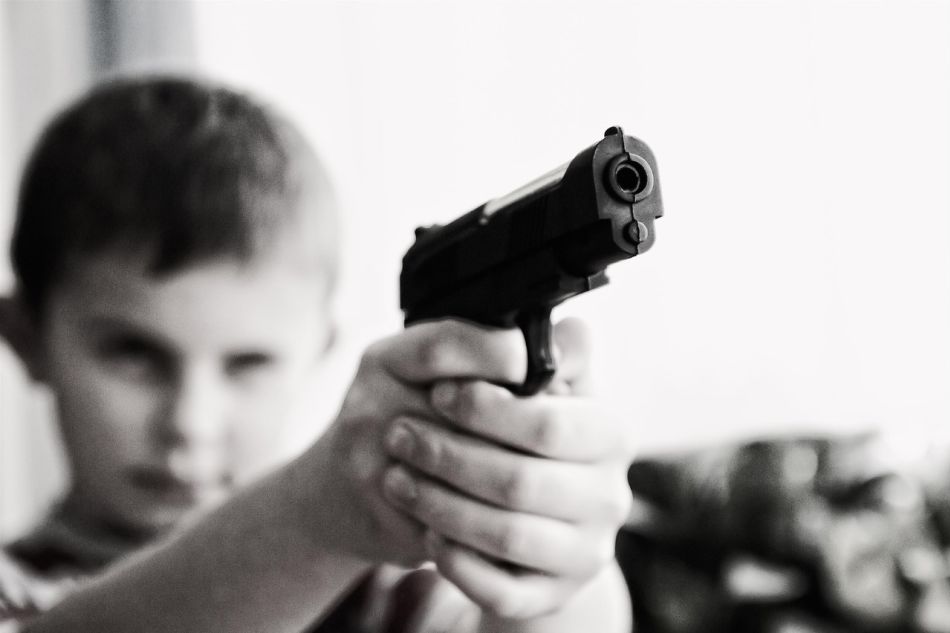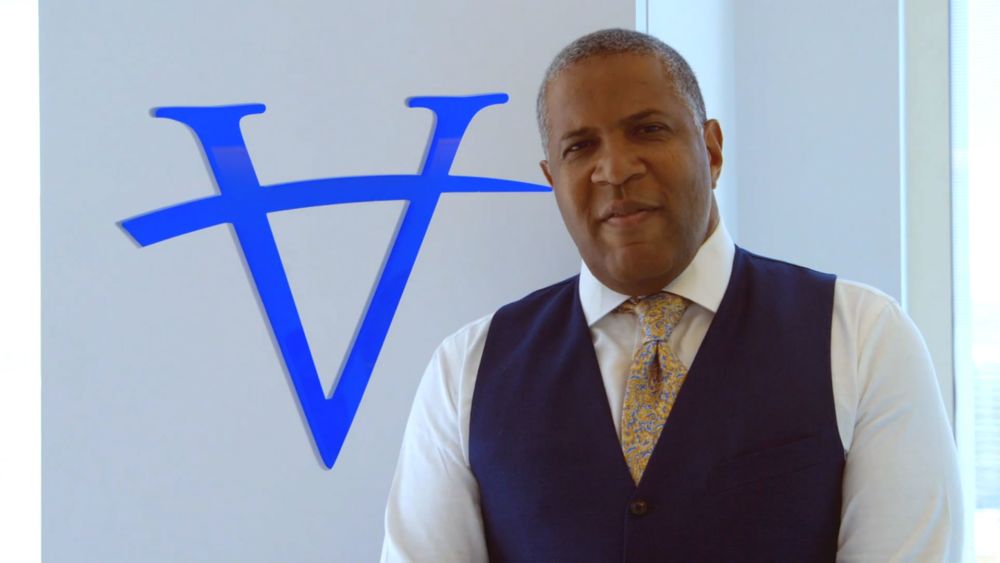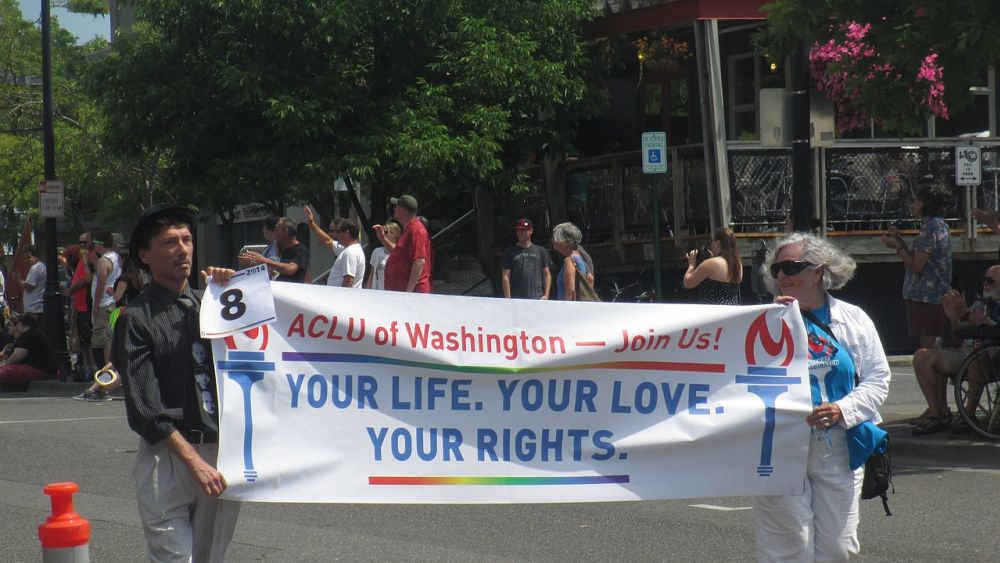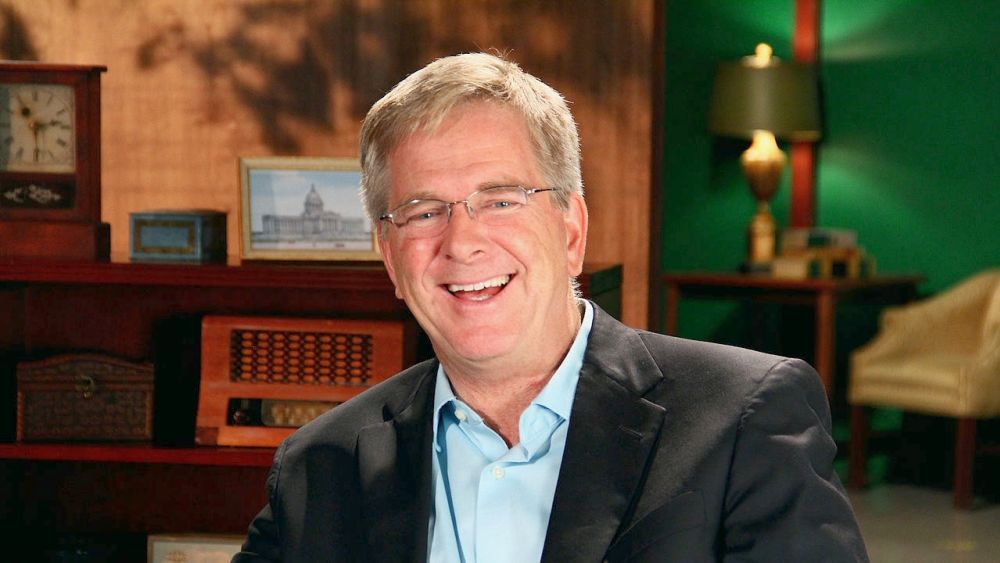Cure Violence: Treating Violence as a Sickness
Greggory Moore | Best of Best

image by: jarmoluk
In medical terms, violence is not an epidemic. But Cure Violence believes violence is better understood and treated as if it were. And results suggest they just might be right.
In literal, medical terms, an epidemic is a widespread occurrence of an infectious disease over the course of a particular time. Obesity, for example, is not an epidemic, despite the rising rates of obesity in the United States over the past three decades.
By the literal medical definition, neither is violence. But Cure Violence is leading a movement to treat violence as a public health issue by applying a model using the same three components that medical professionals use to reverse disease epidemics: 1) interrupt the immediate transmission of the disease, 2) reduce the risk of contagion to those most susceptible; 3) change community practices so as to make future flare-ups less likely.
Cure Violence was founded under the name CeaseFire by Dr. Gary Slutkin, an epidemiologist who, as head of the World Health Organization's Intervention Development Unit, played a major role in reversing Uganda's AIDS epidemic in the 1990s. Upon his return to the U.S. he was stunned at the apparent spread of gun violence, including school shootings such as Columbine. "[T]his was actual insanity,” he told the University of Chicago Magazine in 2003, “that a 12-year-old would shoot a 15-year-old, and that it was really common. [And] I wasn’t hearing the kind of thing that we would think of at World Health as a strategy. I was hearing about programs, I was hearing about elements, but nothing that could actually add up to large-scale change.”
As he elaborated during his 2013 TED Talk, neither of the two prevalent ideas about how to deal with the issue—namely, increasing punitive measures against violence or fixing every possibly contributing societal factor—seemed a realistic strategy.
"The problem of violence was stuck, and this has historically been the case in many other issues," he says. "Diarrheal diseases had been stuck. Malaria had been stuck. Frequently, a strategy has to be rethought. It's not as if I had any idea what it would look like, but there was a sense that we would have to do something with new categories of workers and something having to do with behavior change and something having to do with public education."
Now a professor at the University of Illinois at Chicago's School of Public Health, as he began to research the issue, he couldn't help noticing that incidents of violence in U.S. cities was clustered, resembling the spread of infectious disease cases when plotted on a map. "And the maps showed this typical wave upon wave upon wave," he says, "because all epidemics are combinations of many epidemics. And it also looked like infectious epidemics."
A simple precept in the world of infectious disease is that the greatest risk factor of contracting such a disease is being exposed to someone who has it. So the proverbial light bulb flickered to life: "[V]iolence is, in a way, behaving like a contagious disease. […] And it turns out that the greatest predictor of a case of violence is a preceding case of violence."
By 2000, Slutkin had secured the necessary funding and personnel to establish the CeaseFire program and test his idea in the real world. Chicago's West Garfield Park neighborhood, one of the most violent in the country, provided a perfect local proving ground. CeaseFire hired a new category of workers called "violence interruptors," residents who had access to and credibility with the community and who were then trained how to effectively mediate conflicts, to prevent hot tempers from boiling over into action. Then came the outreach workers to provide counseling to help with both anger issues and self-image issues such as employment and school performance—the analog of reducing the risk that those most susceptible to a disease will catch it. Step three was community mobilization, introducing activities and messaging that would help change the status quo of how West Garfield residents experience their community in general.
The impact was impressive. After one year, shootings were down by two-thirds—more than enough reasons to roll the program out into other violent neighborhoods to see whether the results could be duplicated. And they were. By 2004, encouraged by the program's success in all five of the existing CeaseFire neighborhoods, the State of Illinois provided funding that enabled CeaseFire to go into 10 additional neighborhoods. That year Chicago saw a 25 percent drop in the overall murder rate.
Soon other cities wanted a piece of the action. Baltimore got its own CeaseFire-style program, Safe Streets, in 2007, leading to what researchers deemed "large reductions" in both homicides and shootings. In 2010 New York City tried the same approach and obtained similar results. Same for New Orleans two years later.
Somewhere in the midst of all this success Hoop Dreams filmmaker Steve James took notice, and in 2011 he released The Interrupters, which documents the philosophy and methods CeaseFire over the course of a year in Chicago. The film garnered universal acclaim and brought the violence-as-disease model nationwide and international attention. To date 25 U.S. cities have implemented this strategy, as have select cities in Puerto Rico, Mexico, Canada, Honduras, England, and South Africa. And everywhere the model has been put in place, violence has dropped.
Bermuda is soon slated to join the list. "[The Cure Violence model] will engage industry leaders in gangs, guns and criminal networks and make use of the agencies that are already doing a great job in the community, defusing tensions and tackling the problem," says National Security Minister Jeff Baron. "[… T]his should have happened sooner, but this will have a significant impact. The community will not just feel safer, they will be safer."
An apparent—but unwanted—confirmation of the success of the CeaseFire model came in 2015 when Illinois Governor Bruce Rauner defunded CeaseFire at the state level. A 20 percent increase in gun violence followed, prompting the Chicago Sun-Times' James O'Shea to write, "City officials and the police should help CeaseFire get permanent funding and support it as one of several programs that just might make it safer for kids on the south and west sides to play in their yards without being shot."
Despite the documented successes, the Cure Violence methodology has not always been welcomed by city officials and police. For starters, typically former criminals are employed as interrupters, as often they are the only people who have both the access to and credibility with residents most susceptible to engaging in the cycle violence. Additionally, as Sophia Kecskes noted in the Yale Global Health Review, "[S]ome policemen criticize the interrupters for not alerting them when illegal behavior occurs and for not allowing policemen to talk to those involved in a shooting immediately afterward because the interrupters are working to de-escalate a heated conflict."
One prominent police officer who feels differently is Los Angeles Police Department Chief Charlie Beck. " I’ve seen this work; I’m in the middle of watching this work. I firmly believe in it," he says of the model. "[…] Cure Violence takes a holistic approach: you look at the environment, at the individual and at all factors involved, rather than just focusing on the symptoms. The symptom of all of the problems is gun violence. If you just treat the symptom, you aren’t likely to get to the root cause. If you are willing to use resources other than traditional law enforcement—whether interrupters, intervention workers or school-based programs— then you can change a neighborhood. You can make significant change that doesn’t require constant, additional police resources to maintain. […] The LAPD arrests about 150,000 people per year. If that’s your only avenue to deal with the problem, then you won’t solve it. You decide how you’re going to spend your public safety fund and what approach that you’re going to take.”
Cure Violence has only two goals, but they're big as life: 1) implement the Cure Violence model in urban areas around the world; and 2) shift the thinking, policy, and practice as it relates to violence such that it is seen primarily as health issue. "We want to change the mindset of everyone away from 'bad' people and toward understanding violent behavior as people with health problems," they say. "We ultimately want to shift the worldview of violence away from prosecution and focus more on prevention. If we can convince more and more people to properly re-understand violence as a disease, then we can treat it accordingly by stopping the epidemic, reversing it and curing it."
Even a disease-centered organization like the Centers for Disease Control and Prevention endorses a public-health approach to violence. If the CDC and Cure Violence are right, just as with infectious diseases, this approach should make an impact wherever it is applied. In August 2016 the Center for Strategic and International Studies’ Commission on Countering Violent Extremism invited Slutkin to speak about how the Cure Violence model can be used to combat the spread of terrorism.
"We see this as different syndromes of the same disease," he says. "The differences in culture and in reason [for committing violence] don't hold up much [as a difference]. What it does mean is that you need to adapt. In epidemiology you have to always adapt […. We must] shift ourselves from thinking about [extremism] as a moralistic problem or a problem of enemies—which is really a hard move—to basically just a contagious set of behaviors that the health sector knows and has a lot of expertise in working on."
Current Cure Violence programs in Iraq and Syria are putting his thesis to the test. But if the past is any indication, institutional support for such initiatives are bound to lead to a less violent future.
Whether such support will be there is another question.
About the Author:
Except for a four-month sojourn in Comoros (a small island nation near the northwest of Madagascar), Greggory Moore has lived his entire life in Southern California. Currently he resides in Long Beach, CA, where he engages in a variety of activities, including playing in the band MOVE, performing as a member of RIOTstage, and, of course, writing.
His work has appeared in the Los Angeles Times, OC Weekly, Daily Kos, the Long Beach Post, Random Lengths News, The District Weekly, GreaterLongBeach.com, and a variety of academic and literary journals. HIs first novel, The Use of Regret, was published in 2011, and he is currently at work on his follow-up. For more information: greggorymoore.com

Introducing Stitches!
Your Path to Meaningful Connections in the World of Health and Medicine
Connect, Collaborate, and Engage!
Coming Soon - Stitches, the innovative chat app from the creators of HWN. Join meaningful conversations on health and medical topics. Share text, images, and videos seamlessly. Connect directly within HWN's topic pages and articles.
















